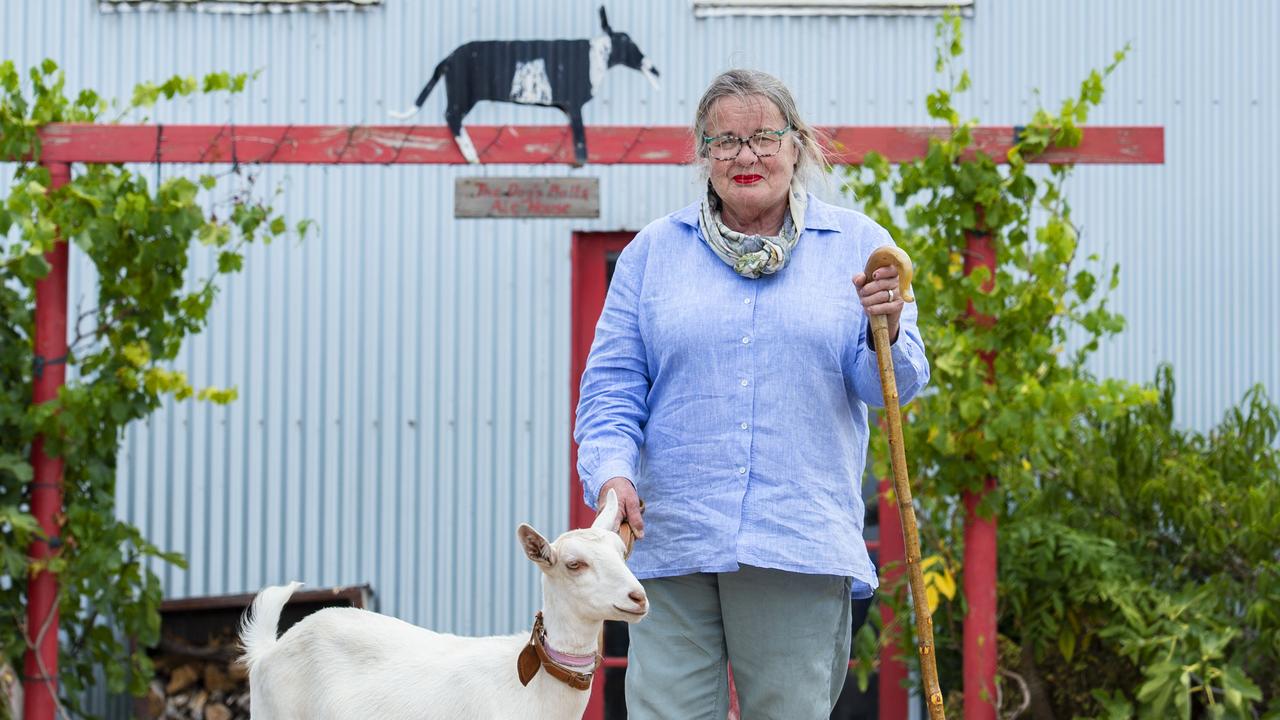Helix Australia’s Adrian Parsons turns native waxflower into edible spice
Western Australia’s waxflowers now don’t just look great, they taste great too. Find out how they are being moved from the vase to the plate.
WESTERN Australia’s wildflowers are one of this country’s great natural wonders, carpeting the landscape in their annual blossom.
Among them is the waxflower, which has been used as a cut flower since the 1940s, and through the 2010s was Australia’s most significant commercial native cut flower.
But it is not just florists seeing the potential. Chefs may be gaining a taste for them too.
Horticulturalist Adrian Parsons was so enamoured with waxflowers, which are woody evergreen shrubs with flowers similar to tea-trees, that he has dedicated his career to breeding new varieties and now value-adding the leaf into a native bush food.
“I’ve been involved with waxflowers since the 1990s, but it was a chance discovery — on the back of the boom in native foods — that three years ago I discovered the leaf was edible,” he says.
After much trial and error — including dabbling in a waxflower tea using a mortar and pestle in his Melbourne kitchen, as well as supplying the botanical to a gin producer — Adrian last month freeze- dried his first bulk one-tonne quantity of waxflower leaf through Mock Red Hill, on the Mornington Peninsula.
The 56-year-old has then worked with businesses specialising in native foods, including Saltbush Kitchen in Buninyong and Creative Native in South Australia, who are distributing the product to customers.
“It’s very embryonic, only in the last couple of months finding the freeze-dried powder has concentrated citrus lemon flavour and aroma,” he says.
“I’ve used it on a marinated chicken and it was beautiful. A chef I work with has used it on salt and pepper crocodile and Saltbush Kitchen has used it in a specie blend.
“The leaf is edible, but given COVID and the state of the restaurant industry at the moment, that is smaller, more boutique.”
Brigid Corcoran, from Saltbush Kitchen, says she heard about waxflower on the native food bush telegraph and was “keen to get my hands on some”.
She is combining Adrian’s freeze- dried product into a new range of rubs that will join her other product range, including spices and salts.
“Waxflower is very pungent, I’d say Australia’s version of kefir lime leaf, and I’m finding in trials people use it on everything from fish, chicken to salad seasoning, even just on celery.
“Our business is all about encouraging people to use Australian flavours in their own kitchen, so waxflower works perfectly with that.”
Adrian says waxflowers are native to the Geraldton area of Western Australia and only became commercial in the 1970s in Israel, followed later by California and then Australia in the 1980s.
His company, Helix Australia, has bred about 30 new waxflower varieties, releasing about three new ones each year, aiming for bigger blooms, longer blooming seasons and stronger colours.
Adrian licenses these new breeds to growers around the world, with a royalty fee, with three in Western Australia, and 13 others including in South Africa, Portugal and Italy.
“The plant has very specific climate requirements, including day length and temperature, growing in WA from late May through to November, with 50 to 100 stems harvested from each plant annually.
He now buys back leaf from one of these growers for the freeze-dried product.
His “grand plan” is to expand into new products including marinades, sauces and even chip coating, as well as pot plants for home gardeners.
Given they are native to southwest Western Australia, waxflower plants suit hot, dry regions and belong to the myrtle plant family, related to tea trees.
MORE
MOST ICONIC AUSSIE FOOD BRANDS NOW FOREIGN-OWNED


